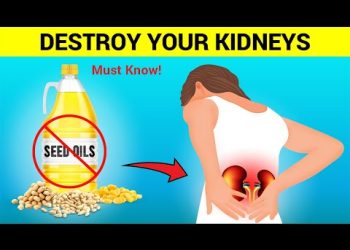Introduction to Liver Health
As a doctor, identifying early signs of liver disease is crucial. Early detection allows for better treatment outcomes. In this article, we will explore 11 skin signs that may indicate liver disease, such as fatty liver or cirrhosis. Understanding these signs is essential for maintaining your liver health.
Role of the Liver in the Body
The liver functions like a massive factory, performing critical roles in digestion, detoxification, and blood clotting. It produces bile, which aids in breaking down fat and nutrient absorption. Moreover, the liver detoxifies the body by processing toxins and produces proteins necessary for blood clotting.
Spider Angiomas
Spider angiomas, or telangiectasia, appear as small, red, spider-like vessels and may be related to liver disease due to hormone imbalances, particularly elevated estrogen levels. These can also appear in pregnant women and those taking contraceptive pills.
Clubbing of Fingernails
Clubbing involves curvature of the fingernails’ tips and is linked to connective tissue increases in the nail bed. While not exclusive to liver issues, clubbing requires attention as it might indicate underlying health problems like heart or lung conditions.
Jaundice: The Yellowing of Skin
Jaundice, or the yellowing of skin and eyes, results from the liver’s inability to process bilirubin due to disease. This buildup of bilirubin leads to the characteristic yellow hue. Jaundice can also result from other conditions, such as cancer or hemolytic anemia.
Palmar Erythema
Red palms, or palmar erythema, occur due to increased blood flow and hormone imbalances in liver disease. It is a visible sign linked to changes in hormone levels that affect other parts of the body as well.
Gynecomastia: Development of Breast Tissue in Men
Gynecomastia, or breast tissue development in men, can be caused by high estrogen levels due to liver disease. It is not limited to liver problems and can also result from alcohol consumption, steroid use, or certain medications.
Severe Itching
An intense itch without visible rashes may signal liver disease. This symptom is due to a buildup of toxins like bilirubin in the bloodstream, indicating potential liver dysfunction.
Xanthomas: Cholesterol Deposits
Xanthomas are yellowish plaques that form due to cholesterol deposits in the skin, often around the eyes. Poor liver function results in cholesterol buildup, leading to these deposits. It is commonly linked with familial hypercholesterolemia.
Bruising and Bleeding
The liver produces clotting factors; disease can lead to decreased production, causing easy bruising and excessive bleeding. Decreased albumin levels contribute to weakened blood vessels, exacerbating this issue.
Dupuytren’s Contracture
This condition involves thickening of tissues in the palms, causing fingers to bend. Liver disease can lead to collagen buildup, contributing to this issue, although it may also be genetic or related to other health conditions like diabetes.
Terry’s Nails and Abdominal Distension
Terry’s nails, characterized by white nail beds and reduced pink areas, result from blood flow issues and low albumin. Abdominal swelling and distended veins, known as ascites, occur in liver disease due to increased blood pressure and fluid leakage from vessels.
Conclusion
Recognizing early signs of liver disease through skin manifestations is vital for prompt intervention. It’s crucial not to panic if you notice one sign but consult a doctor if you observe several symptoms, especially if combined with excessive alcohol use. Early diagnosis can lead to more effective management and treatment.











